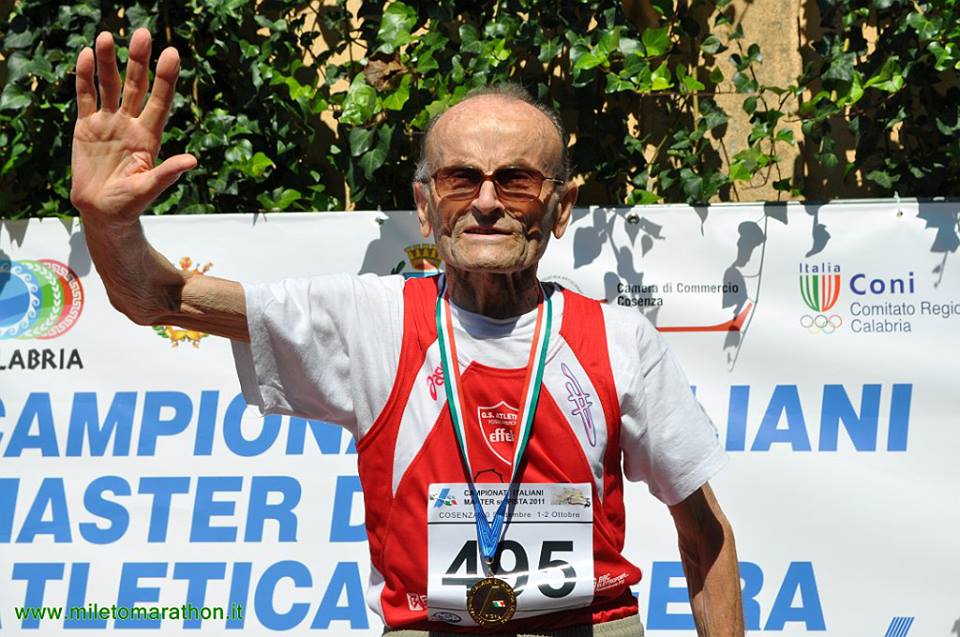Welcome to post 29 of Strength & Conditioning for Therapists. It’s a real pleasure today to welcome a fantastic guest; someone with a brilliant mind, oodles of experience and qualifications and some tremendously helpful strategies for those involved in encouraging behaviour change. Like therapists for example! So something a little different to normal, but I think you’re going to like it! Today we’re digging into the Psychology of Why; How to get buy in in those pesky patients who struggle to stick to your programme.
Let me introduce Serena Simmons (@serenapsychol) (CPsychol) Charted Psychologist, who’s going to take you through the psychology of buy-in. Over to you Serena…
The Psychology of Buy In
I’ve been privileged to work with many groups of physiotherapists over the years. The training I do is typically centred around the Psychology of Patient Buy-in. The aim of this training is to give useful insight into human motivation and the psychology around behavioural change.
But why might you ask is this important to you the physio or therapist? Well these things are at the heart of every intervention one undertakes with a client who’s about to manage and undertake a change.
When we ask someone to engage in a process that involves making changes in their life, for example by incorporating daily exercises, we are actually asking them to make a series of macro and micro changes that they might never have considered before and that they may find very difficult and very daunting.
Confronting Change
One easy way of thinking about this is to consider for yourself, how you would feel if I asked you to start training for a public cake baking competition that was going to take place in 6 weeks time?!
Now there will be some of you reading this that would relish this opportunity. You might be really good at baking, you might think it sounded like a bit of fun or maybe you just think it would be a great time to learn something new and get good at it.
If this is you, you represent those clients/patients that, well, give it a go. These are the ones that stick to the programme and maybe even actually quite like it. Some of them probably even like ‘showing off’ a little at their progress and they possibly even ask for some kind of progression when they’re finished with their programme.
These people are not the problem. It’s those that feel suddenly daunted by the prospect of change or a new behaviour that are more like those clients we see that struggle.
Why People Struggle With Change
But why do people struggle, especially when in the case of rehabilitation there only seems to be a benefit to their current situation, after all they should get better? We need to understand a little their psychology of buy in…or not buy in!
Much of this comes down to how we as humans have been hard-wired to face change. Change is not something people typically seek out, especially when it’s something that pushes us out of our norms or ‘comfort zone’.
When asked to do something novel, we naturally and quite quickly assess the situation and start to actively try and assimilate it into our current life-map to see if it ‘fits’ for us. This in itself can be a barrier as we consider our lives and how busy we are. Do we have the time? Is it an inconvenience?
Maybe the person has never done this thing before and so the newness and lack of awareness around expectations are scary? This can evoke the classic fight-flight response. In the case of asking you to bake a cake for example, maybe you’ve never even baked before, let alone produce a cake for a competition, so this will be be like having to learn something completely new and possibly judged at the end of the process.
Liken this to the patients you see that don’t, or have never really exercised. Interestingly research shows in this case that poor treatment adherence is related to low levels of baseline activity. Therefore, if people were not used to being active and did not partake in any habitual physical activity prior to a Home Exercise Programme being administered, their likelihood to adhere was low (Jack et al, 2010).
On top of all of this, we then start to question all the other things that begin to appear as barriers to our engagement…can I do it? Do I possess the qualities that mean I will succeed? What if it doesn’t work? Can I get it wrong? Will I embarrass myself? Why do it anyway? What’s in it for me, really?
It’s this way of thinking and internal dialogue as well as the beliefs one holds that that manifest as the blocks and barriers we see. Instead we stay in our safety zone, and in order to protect being in that place we put up more barriers, excuses, justifications and often quite elaborate stories to stay exactly where we are..thank you very much and keep walking this well-defined path!

What Can Therapists Do To Help?
There are many strategies that are helpful to assisting a practitioner on this journey to helping patients engage and overcome some of these block and issues. Ones that you may have heard about include Motivational Interviewing techniques and CBT (Cognitive Behavioural Therapy) processes, to name a few.
But…how much can you realistically learn and then practice with mastery in a 30 minute session? Well, there’s also great benefit to just deepening our understanding of a person’s psychology and decision making, as I’ve tried to illustrate a little with my cake-baking example. This type of information can be really useful in helping us to understand and then impact a person in their rehabilitation journey.
The Psychology of Why?
When I do Psychology training with physios I think the single most effective thing you can do in the limited time that you have with a patient, and without studying for another qualification (!) is understand a person’s WHY? What is that person’s internal motivation to engage in this new behaviour?
To elicit this information you might post the question to your patient
‘Why do you want to engage in this rehabilitation / process / etc?’.
I know it’s not unusual to get answers such as
- ‘well, my doctor told me to!’, or
- ‘I was told I have to do it or I’ll need another procedure’,
- ‘I don’t really want to do it but…’;
I’m sure you can easily fill in the blank here with your own anecdotal stories of resistance from the clients you’ve seen. When this happens, I say first let your clients get this bit off their chest. Let them tell you what their initial why is as this is important to acknowledge and for them to feel heard. I then encourage you to go a bit deeper and question .
For example, let’s take the ‘well, my doctor told me to!’
Your reply might be:
“That’s great, so what kind of benefits do you think there might be in engaging in this rehab/process/treatment/ etc?”
You want to try tap into what is it they would really like to do or achieve, what drives them? And of course, this might not be specifically related to their injury. It might be getting the patient to reflect on perhaps what they’re struggling to do right now – like play football at the weekend, or go on family walks in the country, and correlate the process of rehabilitation with the achievement of this goal.
Also, we want to go further than having them focus only on the external motivations that they feel are pressuring them to engage, because the internal driving forces or the ‘whys’ are the things that makes real and sustained change happen. … their psychology of buy in.

Another example; someone may say that they have been told to come and see you. But through asking some more questions around what they like to do, their lifestyle and what’s important to them, you find out that being an amazing grandparent is a core why for them. Knowing this then makes it easier to help someone stay focussed on achieving their goals, by honouring their motivation to be a great grandparent.
Just as a tip, it’s great to get a person to flesh out a little what their why specifically looks and feels like to them – their psychology of buy in. In the case of being a fantastic grandparent, it might help for example to verbalise things like, taking their grandchildren to the park, having them stay overnight, being able to bake for them 😉 From gathering this information you then get to encourage them with this focus in mind, and on repeat visits reflecting this back to them as part of their goal setting and achievements
The added bonus here is that by showing a broader interest you’re able to forge a deeper connection, and by knowing a little more you can also help them set realistic goals that actually fit into their lifestyle.
Your Scope Of Practice
As therapists you are typically under a lot of pressure in your day to day practice and so the idea behind this approach – finding the why – is not to add to your work-load or encourage to do anything outside of your scope of practice but to give you a quick technique that can easily be applied in clinic with those patients you suspect are going to struggle to adhere.
If you’d like to get in touch with Serena or attend one of her workshops, reach out to her in the following ways:
- Website: www.thepsychologyschool.co
- E-mail: serena@thepsychologyschool.co
- Twitter: @serenapsychol
- Instagram: @serenapsychologist
About Serena Simmons
Serena Simmons is a Chartered Psychologist and Senior Psychology Lecturer at Nottingham Trent University. She is also founder of The Psychology School, an evidence-based training school and Psychology Consultancy specialising in Behaviour Change and Peak Performance. She regularly appears in the media for her work and her passion lies in helping people change their lives, while having fun.
LIVE WEBINAR!
Join me for a live webinar: The 3 principles of strength and conditioning therapists need to know, and how to easily apply them to enhance your practice.
On 9th October, 7pm OR 10th October, 12pm UK Time
References
Jack, et al. (2010). ‘Barriers to Treatment in physiotherapy outpatient clinics: A systematic review’. Manual Therapy. Vol 15: 3. 220-228.


